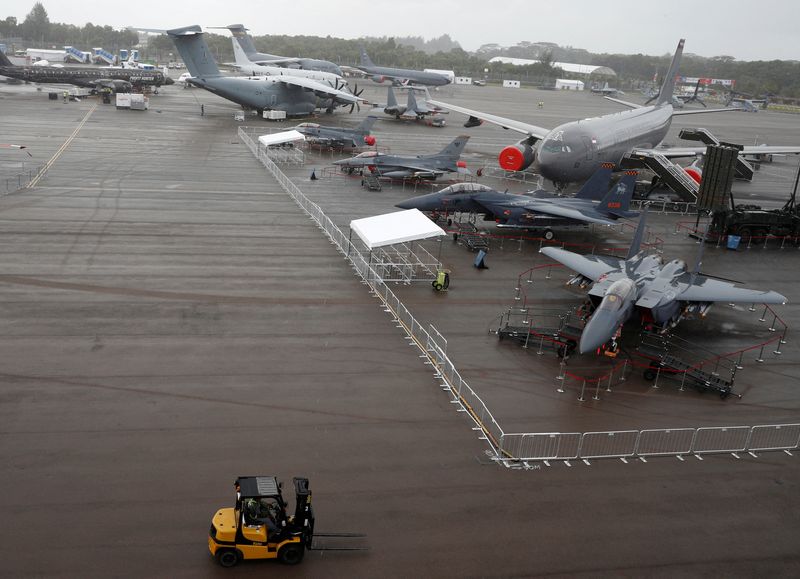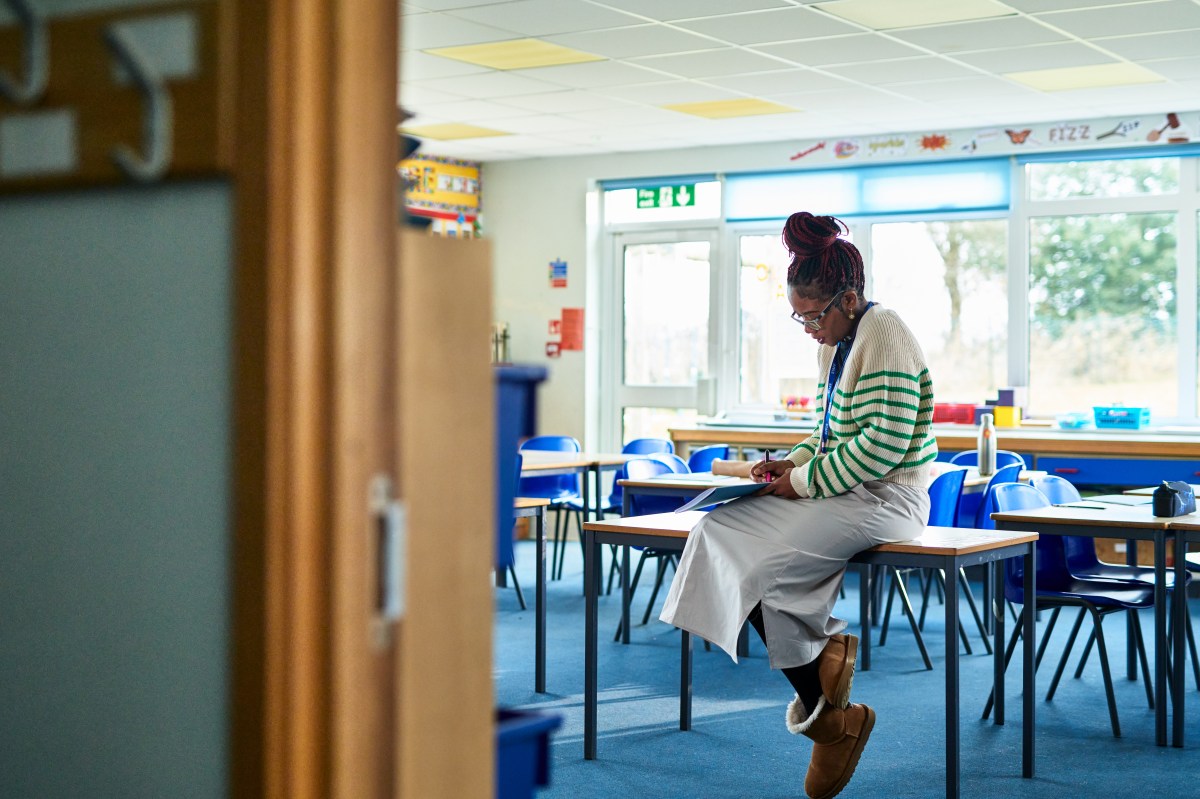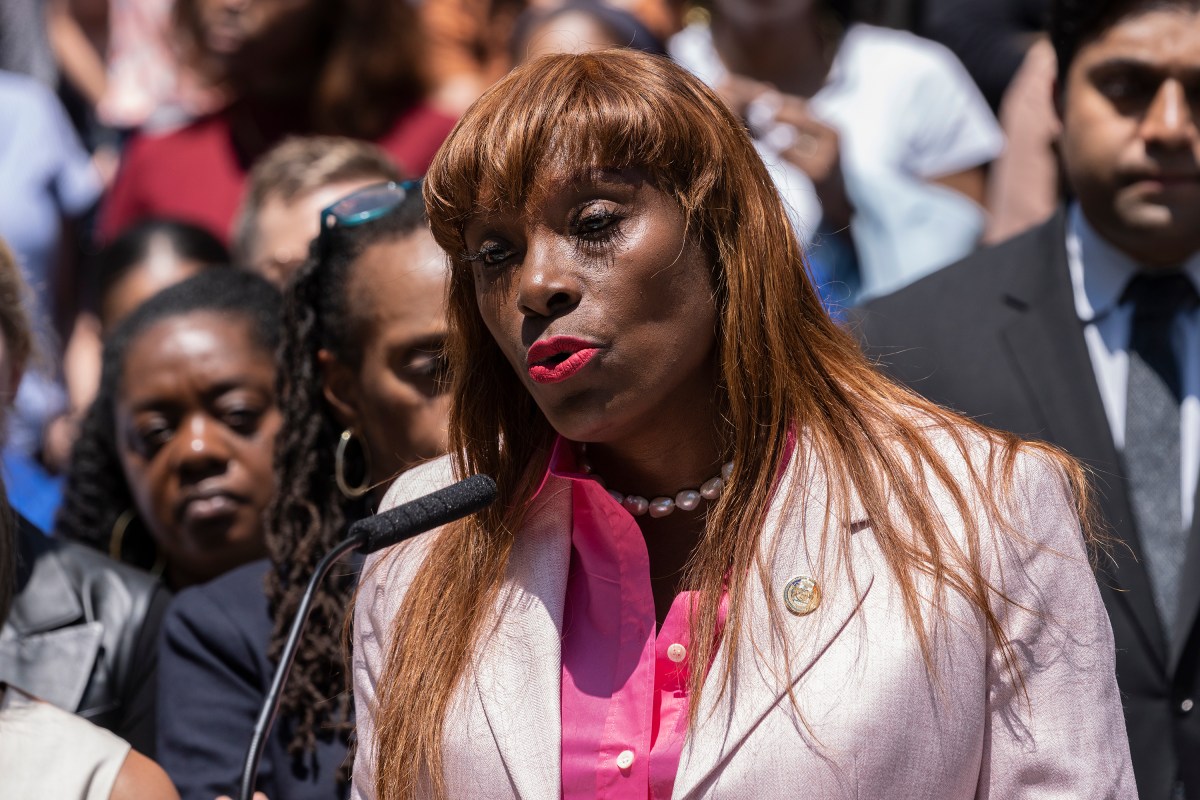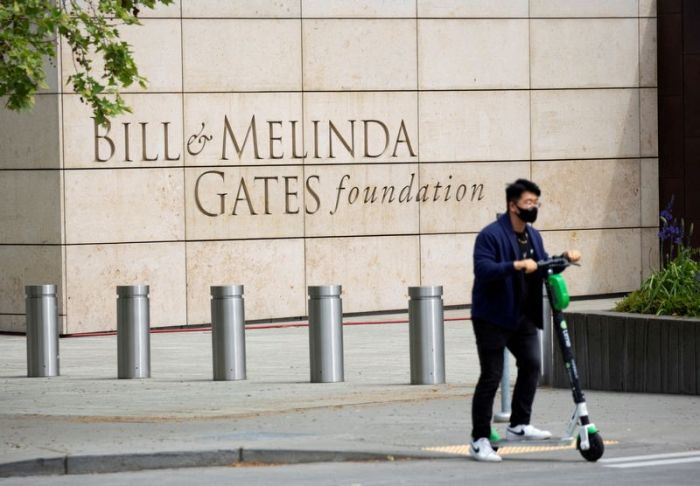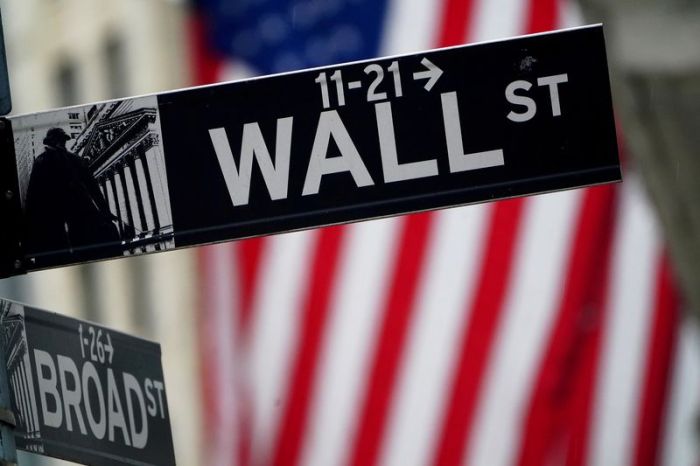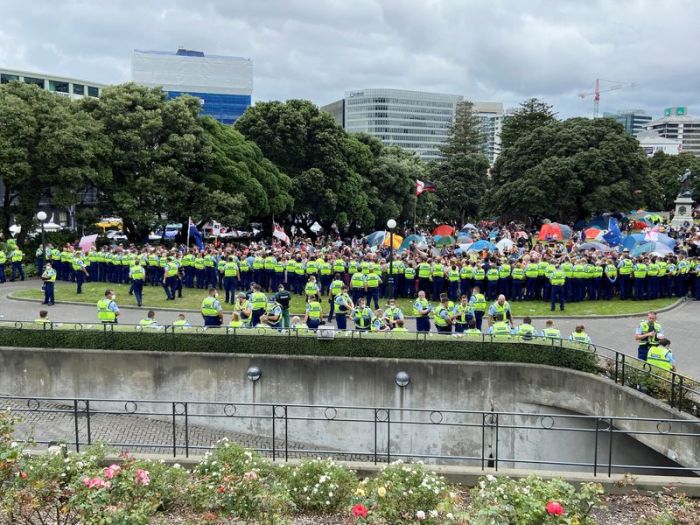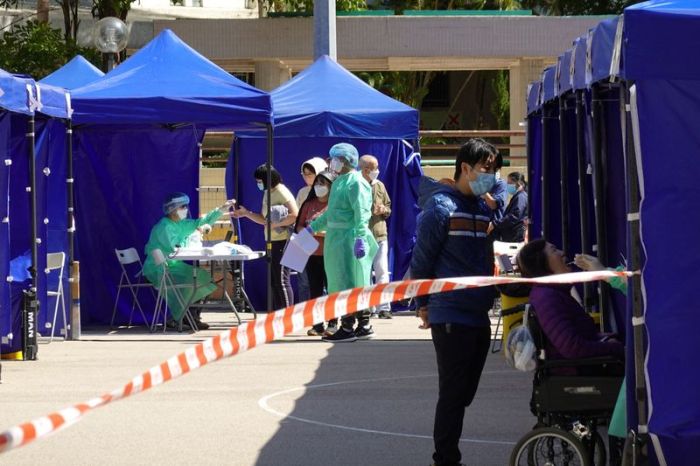SINGAPORE (Reuters) – The Asia-Pacific aviation industry’s slow recovery from the pandemic amid government restrictions will cast a shadow over the Singapore Airshow next week, despite signs of improvement as concerns over the Omicron variant recede.
The biennial event has bookended the pandemic, with the 2020 edition disrupted by the virus emerging from China and the latest show coming as the industry attempts to plot a way out of what became its biggest and most costly crisis.
International passenger travel in the region was down 93% from pre-pandemic levels last year, leaving airlines heavily reliant on freight for revenue, and the Chinese outbound tourism market remains closed.
But there are signs of a rebound this year, Skyscanner booking data shows, as countries such as Singapore, Thailand, the Philippines, Vietnam and Australia reopen to more vaccinated tourists without quarantine.
The head of Finnair, which specialises in serving Asia from its Nordic hub, expressed optimism about a return towards normal business later this year.
Military demand is also picking up as regional economies recover from pandemic-induced slumps and countries look to bolster their capabilities, as highlighted by Indonesia’s $8.1 billion order for 42 Rafale fighter jets on Thursday.
SMALLER SHOW
Planemakers Airbus, Boeing and Lockheed Martin will send senior executives to the Singapore Airshow from Feb. 15-18, using it as an opportunity for now rare face-to-face meetings with customers.
But there will be around two-thirds fewer exhibitors than 2020 at Asia’s biggest aerospace gathering, with the challenges of holding the show mirroring the travel difficulties that have pushed some of the region’s airlines to the brink.
Some industry executives have pulled out, concerned about restrictions including daily testing, no intermingling during mealtime, mandatory masks in the tropical heat as well as hotel isolation if they test positive.
Singapore-based aviation analyst Brendan Sobie said he expected a quiet, locally oriented gathering with many of the overseas executives holding meetings in the city centre.
“The concern from many exhibitors is a lack of customers visiting,” Sobie said.
FEW ORDERS
The Asia-Pacific region accounts for 35% of the world’s commercial aircraft fleet but only 4% of order announcements at air shows over the last decade were made in Singapore, according to broker Jefferies, partly because it is held at the start of the year when purchasing activity is usually thin.
During the pandemic, most Asian airlines have focused on deferring deliveries and handing back planes to lessors rather than placing fresh orders, though Singapore Airlines in December signed a preliminary deal for seven Airbus A350 freighters.
That deal, which also involves reducing orders for passenger planes, could be firmed up next week along with announcements from both Airbus and Boeing for new services deals.
Boeing last month launched a freighter version of its 777X widebody that will compete against the A350 freighter.
PR efforts at the show will focus on the benefits of new planes in cutting carbon emissions as the industry targets “net zero” emissions by 2050 through biofuels and engine technology. Environmentalists say the industry is not doing enough.
U.S.-CHINA RIVALRY
The show – which typically features displays of military hardware and aerobatics – comes as Southeast Asia remains a key stage for a rivalry between the United States and China.
China’s extensive territorial claims in the South China Sea, which it says are based on historic maps, have put it at odds with Brunei, Malaysia, the Philippines, Taiwan and Vietnam, which have competing claims to islands and features.
Collin Koh, a research fellow at Singapore’s Institute of Defence and Strategic Studies, said there was interest from military buyers in big-ticket purchases such as new-generation fighter jets, though pandemic-strained budgets remained tight.
“Drones, fixed- and rotary-winged transports, maritime patrol and reconnaissance aircraft, for example, would be more sought after given the utility of these assets for a whole range of peacetime purposes,” he added.
(Reporting by Chen Lin in Singapore and Jamie Freed in Sydney, Additional reporting by Tim Hepher in Paris. Editing by Gerry Doyle)

